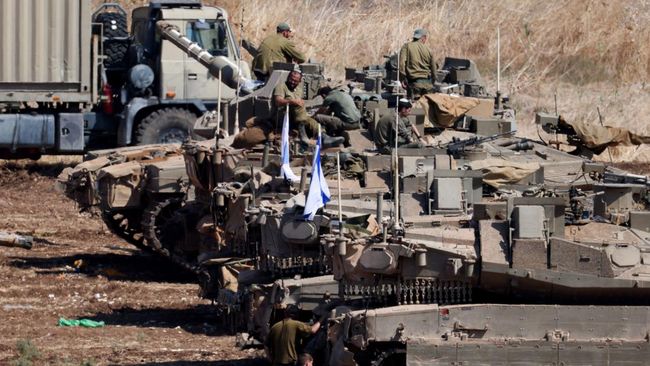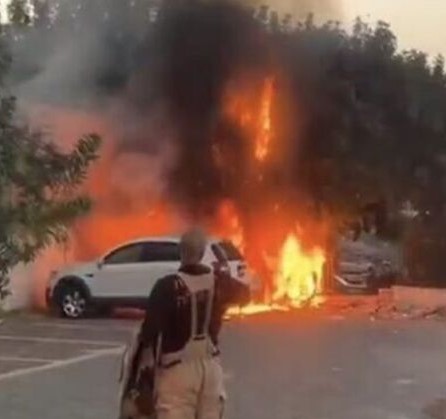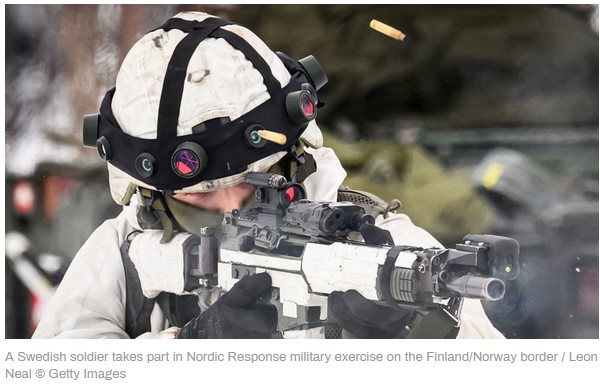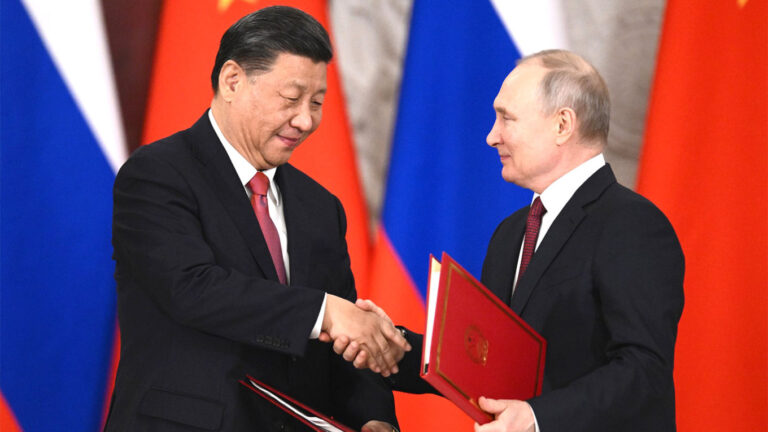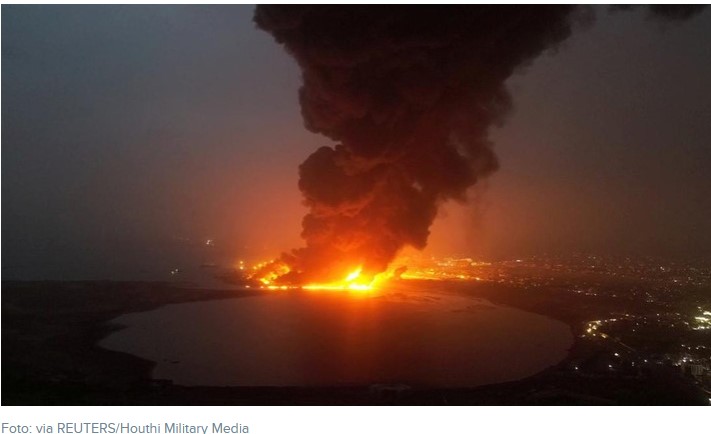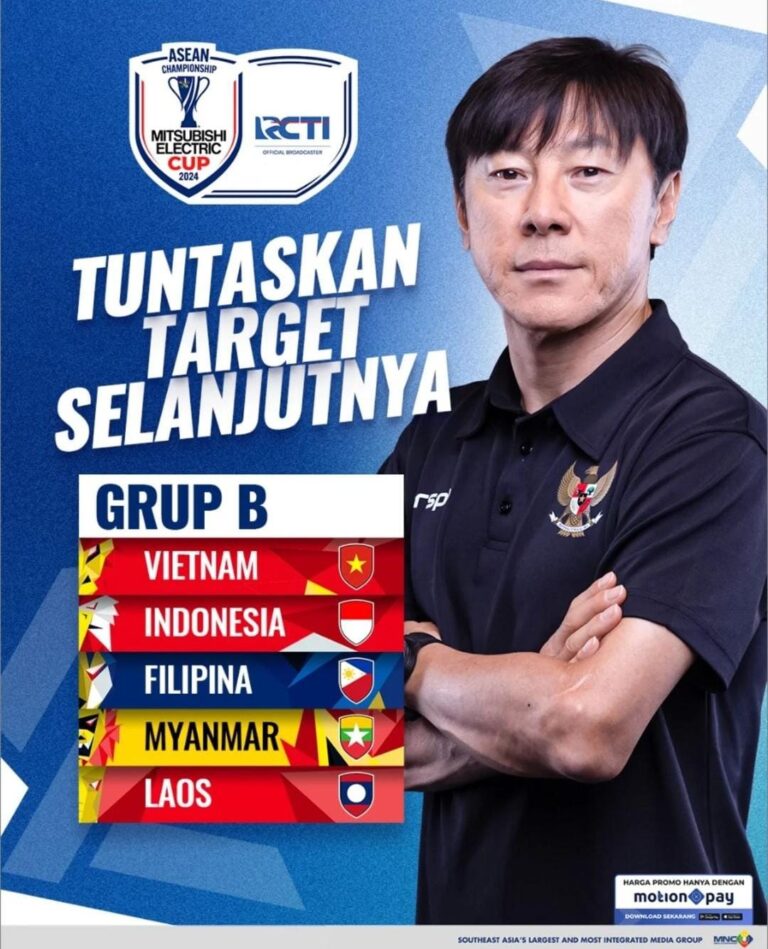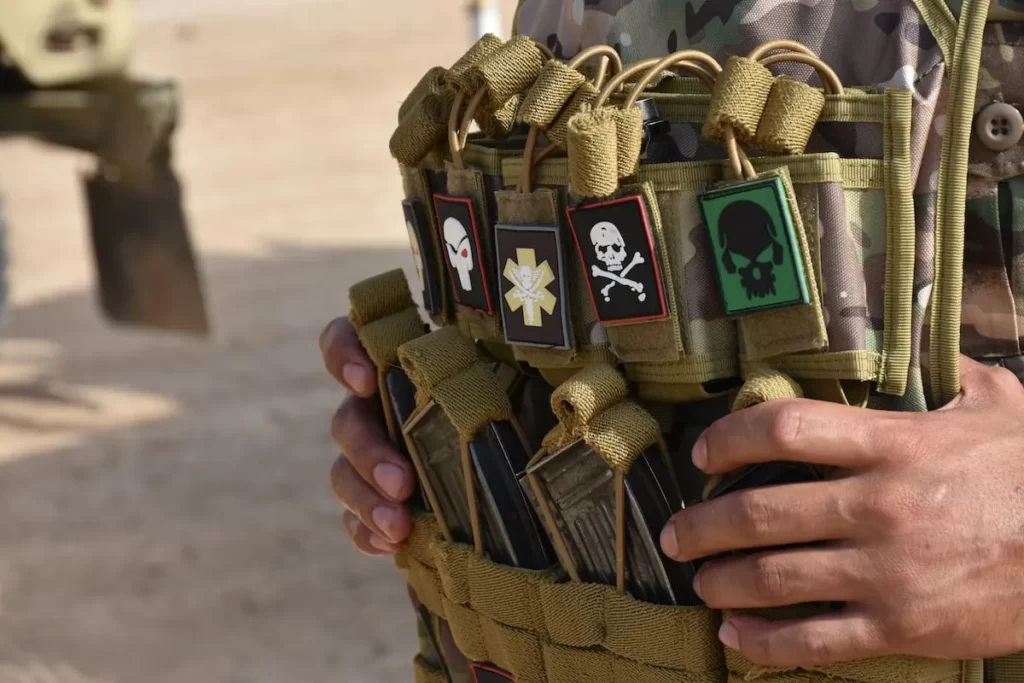
STRATEGIC ASSESSMENT. The US government administration has viewed the U.S. role in Iraq as a key tool in its campaign of ‘maximum pressure’ to weaken Iran and roll back its regional influence. Yet, despite keeping over 5,000 U.S. troops at various Iraqi bases, Iran-backed forces have repeatedly attacked U.S. forces, sometimes killing U.S. and allied military personnel and damaging the U.S. Embassy in Baghdad, Baghdad airport, and other locations. When they have been undertaken, U.S. retaliation and Iraqi military operations against the militias have caused them to stand down, but the groups have always resumed their attacks after a brief period of quiescence.
In the context of his re-election campaign, President faces a choice between continuing to battle Iran-backed forces and adhering to his promise to reduce U.S. involvement in the region’s ‘endless wars.’ In the days after the meeting, U.S. officials speaking on background confirmed reports that U.S. force levels would be reduced from the 5,200 in Iraq now to about 3,500 by November 2020.
It was also reported that the 2,000 U.S. forces that were deployed at Camp Taji, north of Baghdad, had left that base; some were reportedly sent to the Kurdish-controlled autonomous region of northern Iraq, where Kurdish leaders deny the Shia Arab-dominated, Iran-backed militias the ability to operate. Iran’s semi-official media trumpeted the evacuation of Taji, which has come under repeated Iran-supported militia attacks, as a response to the early 2020 resolution in Iraq’s parliament that U.S. troops be asked to leave Iraq.
The commanders of several pro-Iranian factions and militias are prominent in Iraq’s legislative body and from that perch they exert significant pressure on the Kadhimi government. Iran’s leaders calculate that a smaller U.S. military presence will translate into diminished U.S. political influence over Iraqi decision-making, as well as a reduced U.S. capacity to retaliate for Iran-backed attacks.
The UG government administration has sought to portray its decisions not as an abandonment of Iraq, but rather a transition to a long-term security and economic partnership. White House statements surrounding the Kadhimi visit highlighted the signing of energy and other economic agreements designed to reduce Iraq’s energy dependence on Iran, and on helping Iraq conduct free and fair early elections in 2021.
President and other U.S. officials commented that the United States would move to a train, equip, and advise role and would not necessarily conduct sustained operations against Iran-backed militia forces or remnants of the Islamic State organization. In that context, the U.S. troop drawdown puts remaining U.S. forces in a precarious position insofar as militia forces might increase their attacks on U.S. troops with less fear of U.S. retaliation. U.S. officials express confidence in the ability of Iraqi forces, particularly the Iraqi Counterterrorism Service, to deter or defeat militia attacks without direct U.S. backing. But the performance of Iraqi forces during the Islamic State offensive in 2014 gives cause to be concerned about Iraq’s ability to hold off a determined military challenge on its own (TSC).


